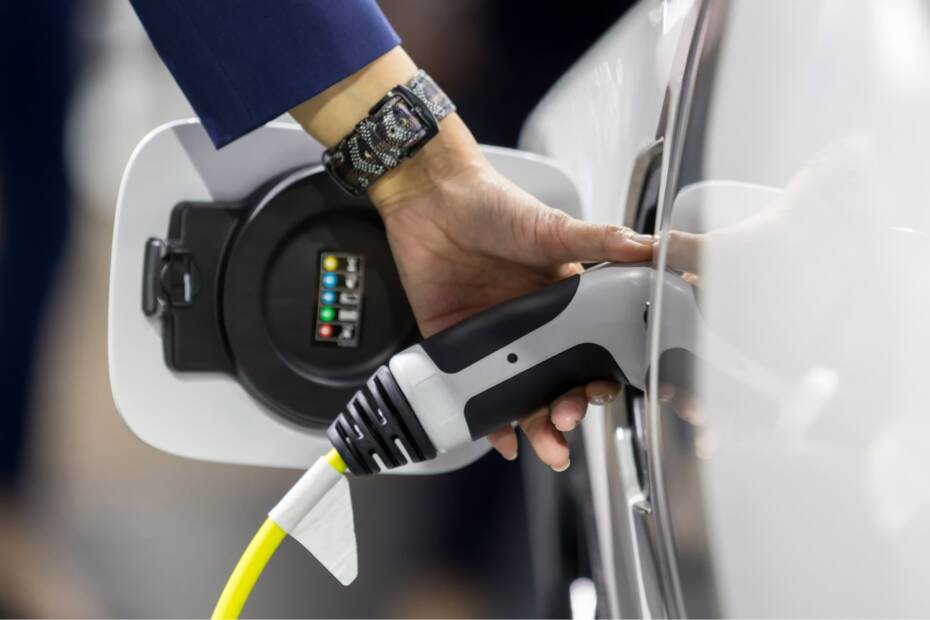India has turned its boosters on towards an electric future. In line with the Government’s vision to have 30% of all vehicles on the road be electric by 2030, the country is witnessing an exponential rise in electric vehicle (EV) adoption. However, the question remains: is India truly ready for electric vehicles?
As of March 2024, India witnessed a 41 percent annual rise in overall electric vehicle sales at 197,000 units to date. Government data reveals a significant jump in EV purchases, with over 1.6 million units sold between April 2023 and March 2024. Despite the current growth, India has yet to achieve its projected growth. Here are some reasons for it:
Charging Challenges:
The current state of EV charging infrastructure in India presents a mixed picture. As of April 2024, there are approximately 12,146 public EV charging stations operational across India, according to the Ministry of Power and Heavy Industries. “This is a step forward, but it is still far from meeting the expected demand.”. EV Experts estimate over 4 lakh stations need to be installed annually to meet the needs of a growing EV market in India.
This gap is a major barrier to EV adoption in India. “Range anxiety,” the fear of running out of power before reaching a EV charging station, is a significant concern for potential EV buyers in India. Without a well-developed EV charging network, EV owners hesitate to plan long journeys in India currently.
Breaking Down the Needs:
Different segments of EVs have different charging requirements. Here’s a breakdown of the estimated charging station needs based on vehicle type:
- Two-wheelers (2Ws): Dominating the market (nearly 50% of EV registrations in 2024), 2Ws primarily rely on slow AC chargers (3-7 kW) and can be charged at home or workplaces. However, a network of public slow chargers is still crucial for charging electric two-wheelers on the go. Experts predict India needs around 1 million slow chargers for two-wheelers by 2030.
- Three-wheelers (3Ws): Three-wheelers often utilize battery swapping stations since they are used for commercial purposes where time is of the essence. Experts at the Ministry of Power suggest that India needs around 0.5 million battery swapping stations for 3Ws by 2030.
- Four-wheelers (4Ws): Electric four-wheelers require a mix of fast chargers (above 22 kW) and ultra-fast EV chargers ( above 60 kW) for long-distance travel. India needs around 0.32 million fast and ultra-fast EV chargers for electric cars by 2030.
Recognizing the urgency, the Indian government has introduced several EV friendly initiatives like subsidies, tax breaks, and encouraging private sector to set up charging stations. Additionally, several state government agencies are investing in electric vehicle charging stations along major highways and in public parking areas.
Despite the challenges, India is on a promising journey towards EV adoption. The government’s commitment, a growing EV market, and potential for domestic manufacturing paints a hopeful picture. By addressing infrastructure gaps, and raising consumer awareness about the benefits of switching to EVs, India can ensure a smooth transition to sustainable mobility.
The verdict? India might not be there yet, but it’s definitely charging ahead!

